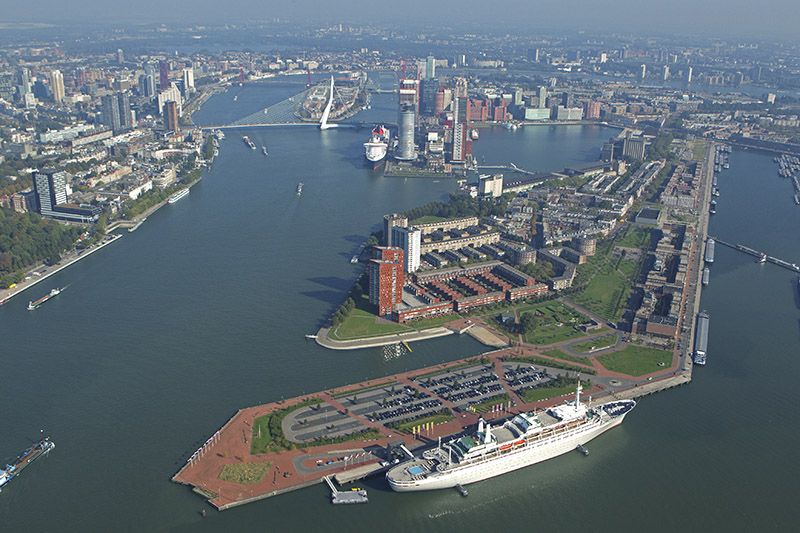
Writing Task 1: Rotterdam port in Holland
The charts give information about the amount of exports (millions of tonnes) moving through Rotterdam port in Holland to various global destinations in 2002 and 2012; and also the % rates of tax imposed on these exports by the receiving countries.
Write a report summarising the information.
Select and describe the main features, and make comparisons where relevant.
Write at least 150 words.
USA | Europe | China | Latin America | Asia Pacific | Australasia | Other | Total | |
2002 | 4200 | 6900 | 2400 | 1800 | 800 | 700 | 350 | 17150 |
2012 | 3900 | 6400 | 2300 | 1500 | 2550 | 2300 | 350 | 18600 |
% Tax imposed by destination countries
USA | Europe | China | Latin America | Asia Pacific | Australasia | Other | |
2002 | 3% | 5% | 0 | 1% | 5% | 4% | 2% |
2012 | 2% | 8% | 2% | 2% | 2% | 1% | 2% |
Model 9.0 Essay
The tables show us the quantity of exports BEING TRANSPORTED through Rotterdam over a ten year period, and the level of taxation imposed on the goods at destination.
Regarding the volumes, total exports increased slightly, reaching 18,600 million tonnes by 2012. Within this total, however, most zones declined in volume. For example, Europe - the largest destination - declined from 6,900 million to 6,400 million, and the USA - the second highest - went down by roughly 10% to 3,900 million. China dipped slightly to 2,300 million, and Latin America dropped from 1,800 to 1,500 million. The ‘other’ zones REMAINED STATIC at 350 million. BY MẢKED CONTRAST, volumes to Asia Pacific and Australasia MORE THAN TREBLED, hitting 2,550 and 2,300 million tonnes respectively.
TURNING TO taxation, we see that tax increased considerably in all the zones that showed a decline in volumes, reaching 2% in the USA, China and Latin America, and rising from 5% to 8% in Europe. The ‘other’ zones KEPT TAX STABLE at 2%, while the growth zones reduced tax massively, from 5% to 2% in Asia Pacific and a fourfold decrease to 1% in Australasia.
In summary, the decade showed a CLEAR CONNECTION between increased export volumes and reduced levels of tax.
(200 words)
Examiner’s Comments
This essay achieved Band 9, due to its logical organisation, accurate selection of figures and clear use of English. This is a ‘movement’ type set of data, and the candidate groups the data according to the type of changes we can see. She describes each chart in turn, starting by defining the main trend in the ‘exports’ chart (“total exports increased slightly”) and then explaining that most zones actually declined. She uses a variety of language to illustrate this (declined, went down, dipped, dropped) and states the comparative importance of the USA and Europe (“the largest destination - the second highest etc.”) The ‘other’ box is accurately described as “static”.
There is a helpful signpost to introduce the exceptions (“by marked contrast”) and the rate of growth of Asia Pacific and Australasia is described (“more than trebled”) There is another good signpost (“Turning to . . .) to introduce the ‘tax’ chart. The relationship between growth and tax is described well, and the summary sentence sums up the main trends effectively.
Overall, this essay is written in quite simple, clear English, and the excellent signposting and variety of language make a very positive impression.




